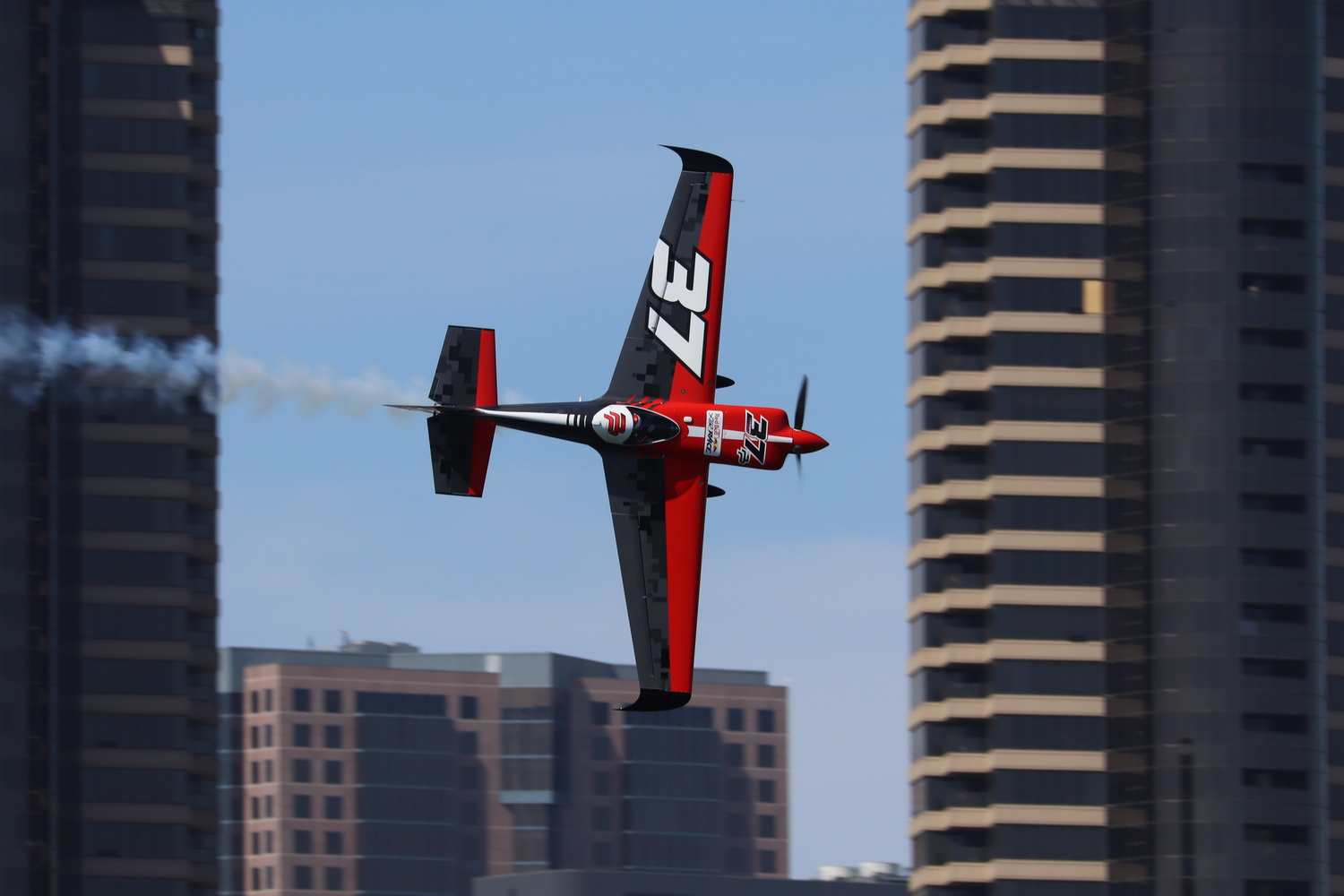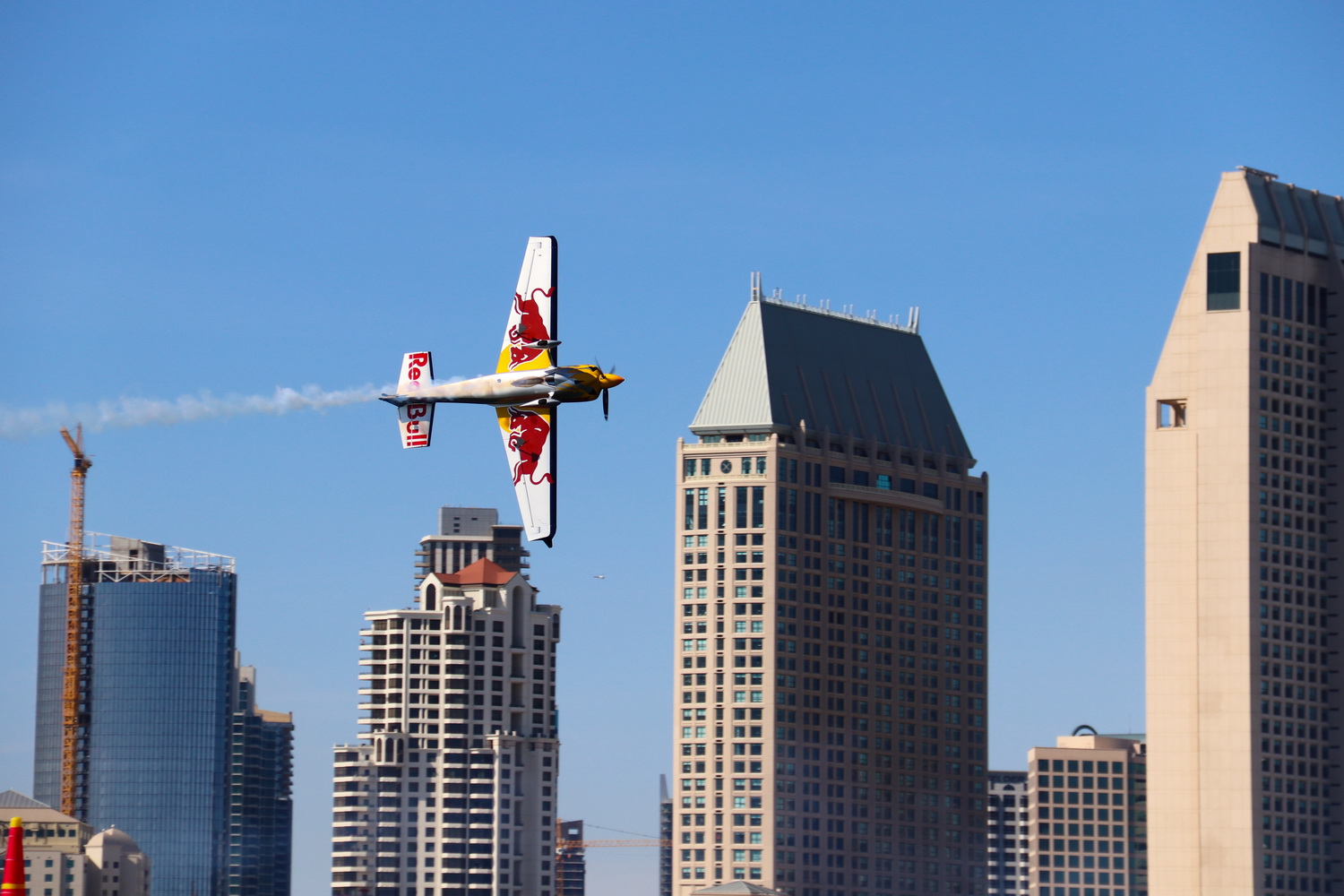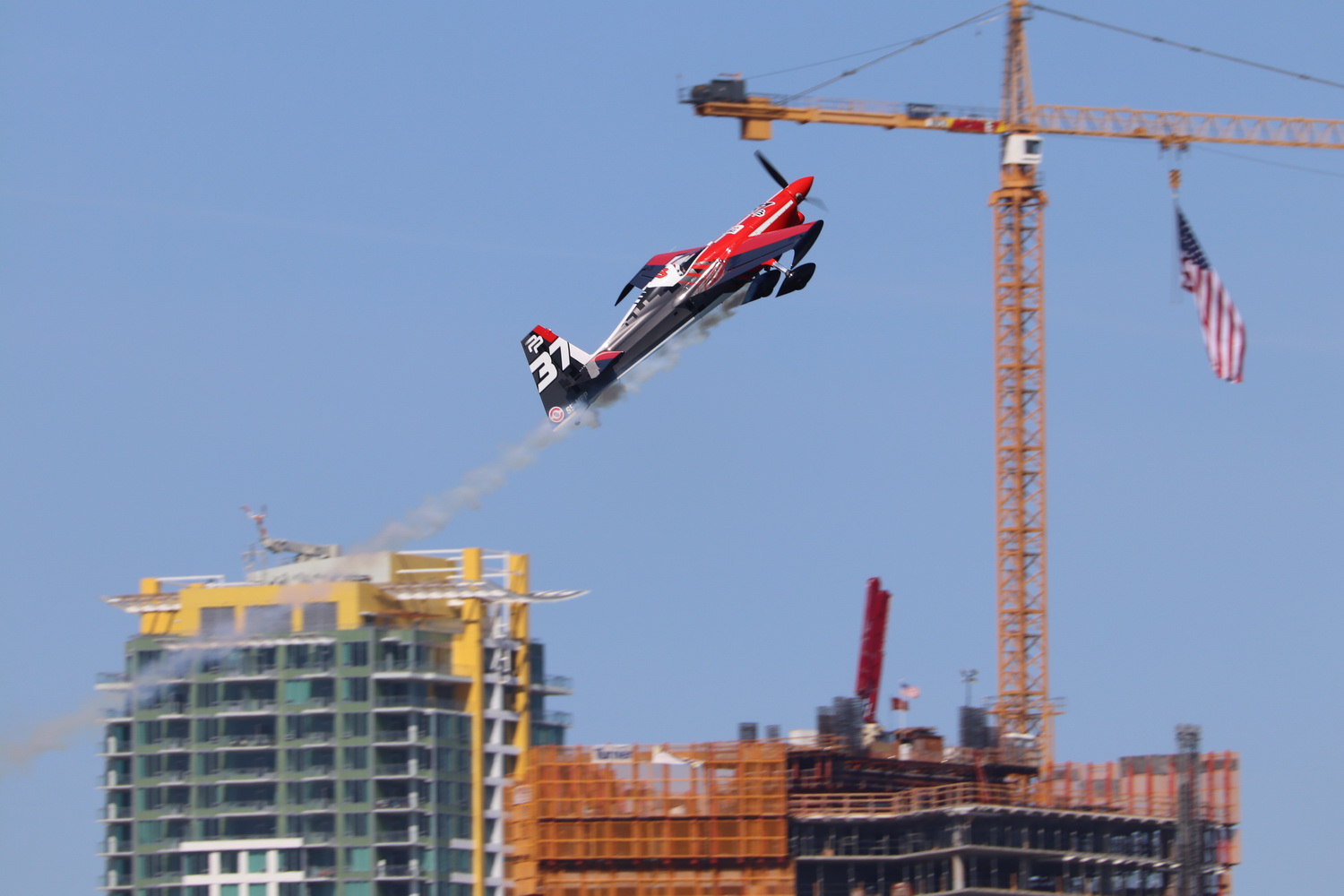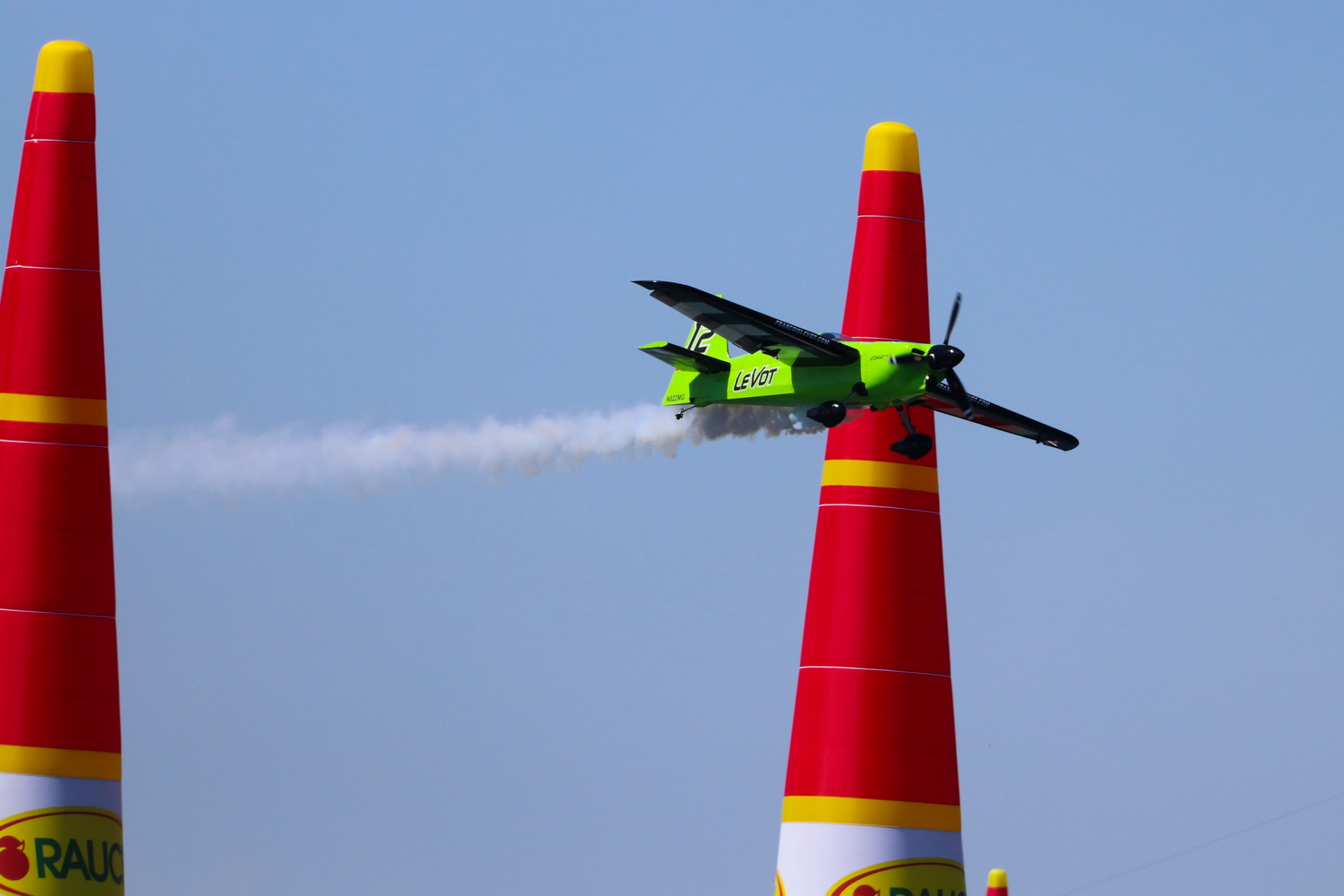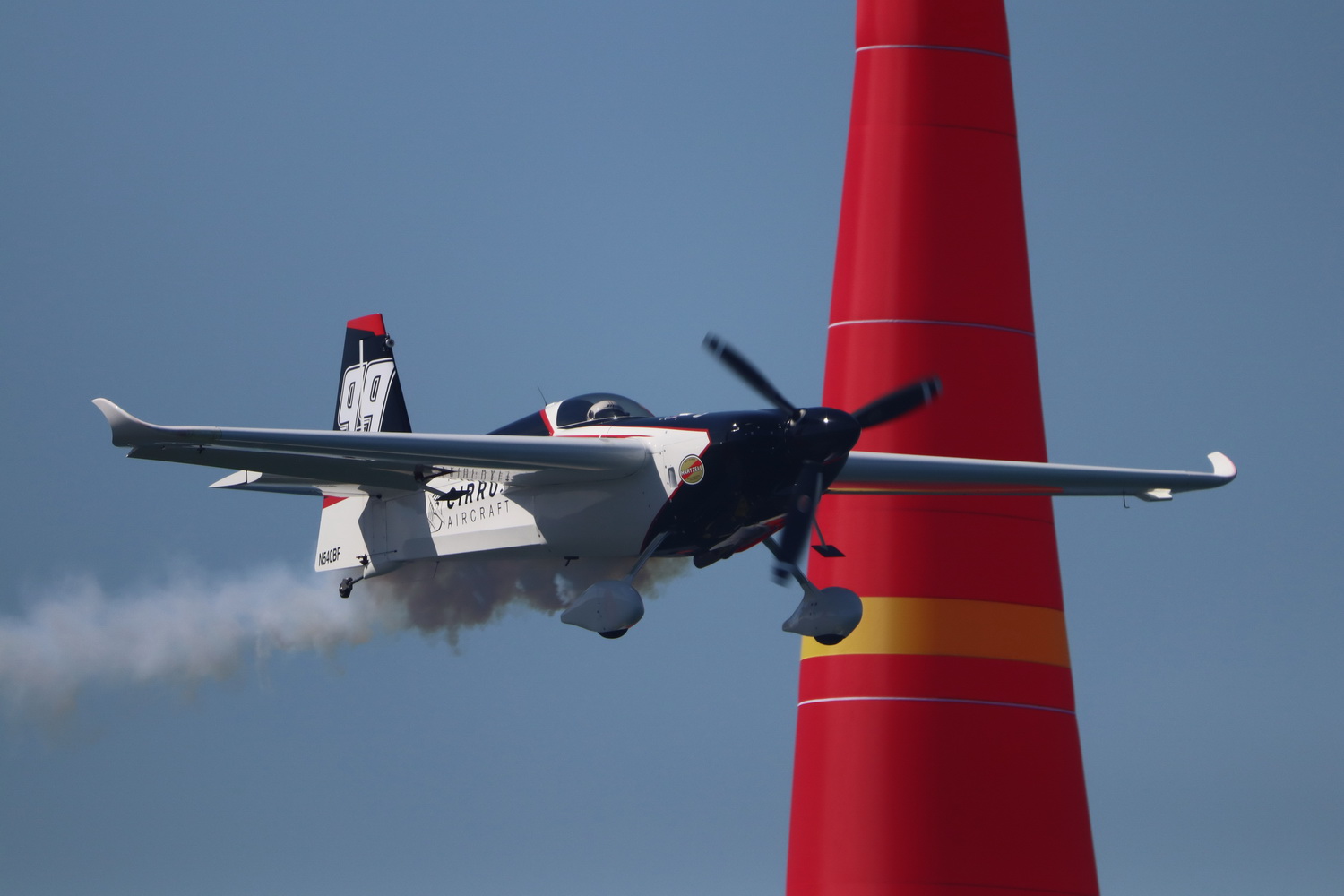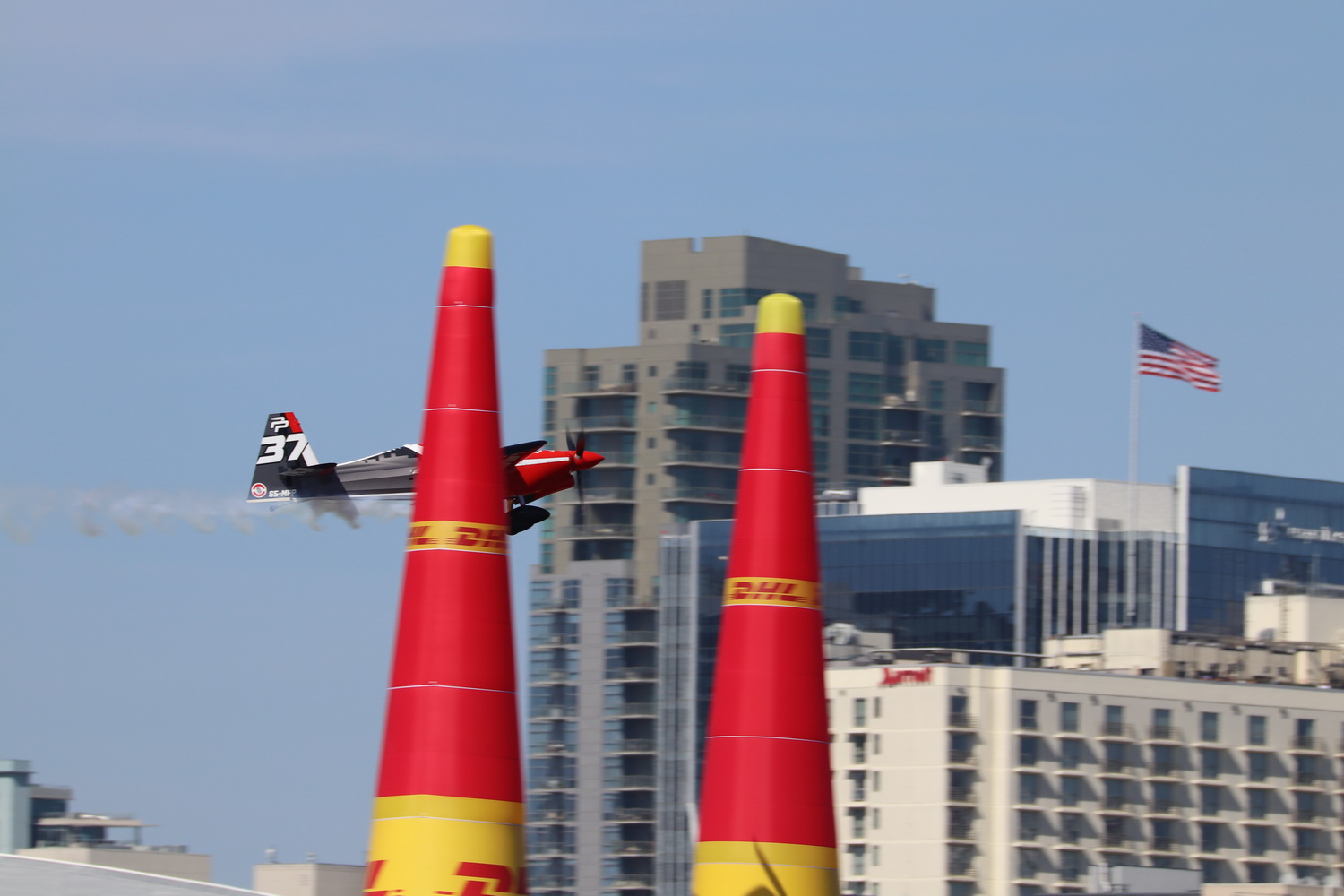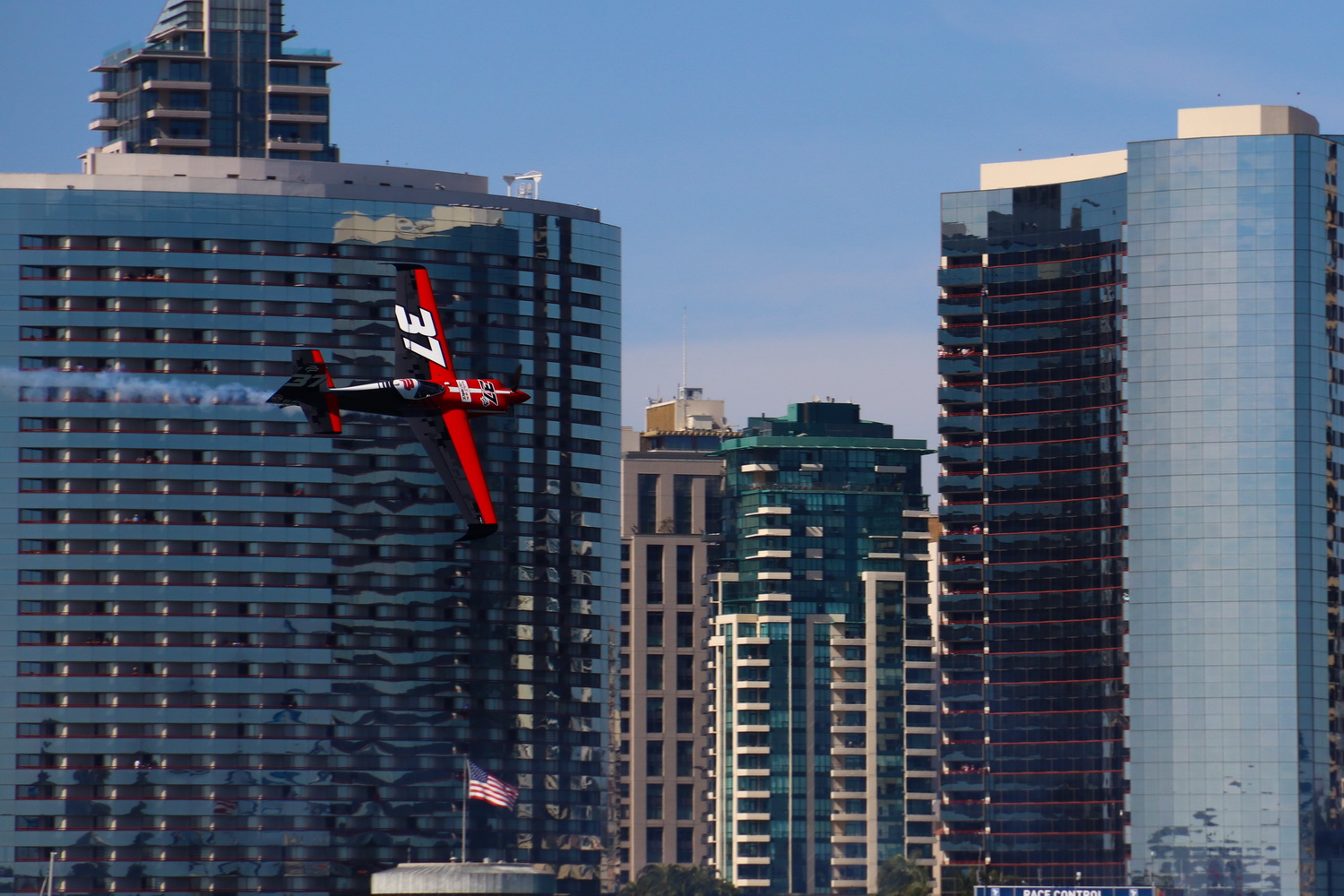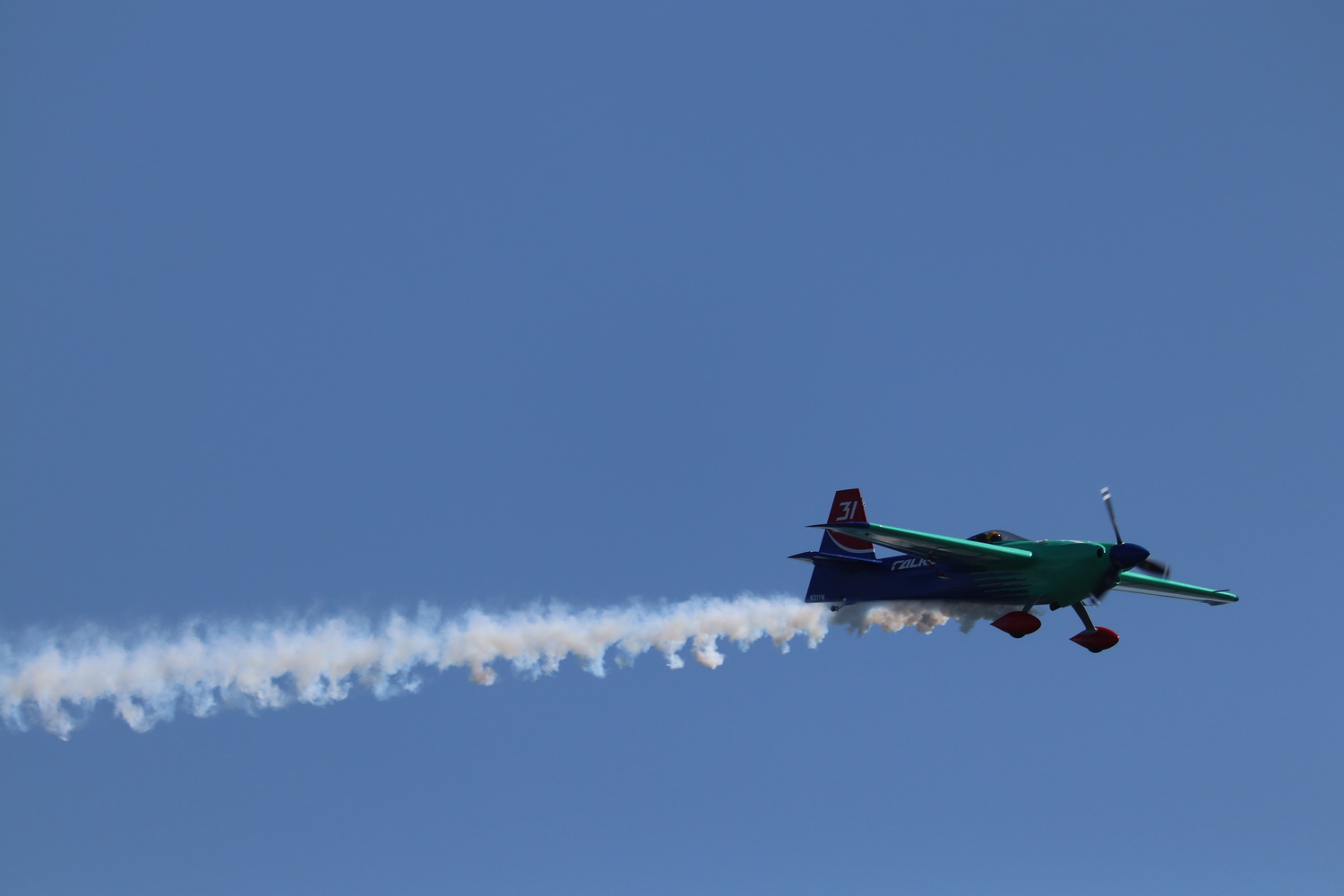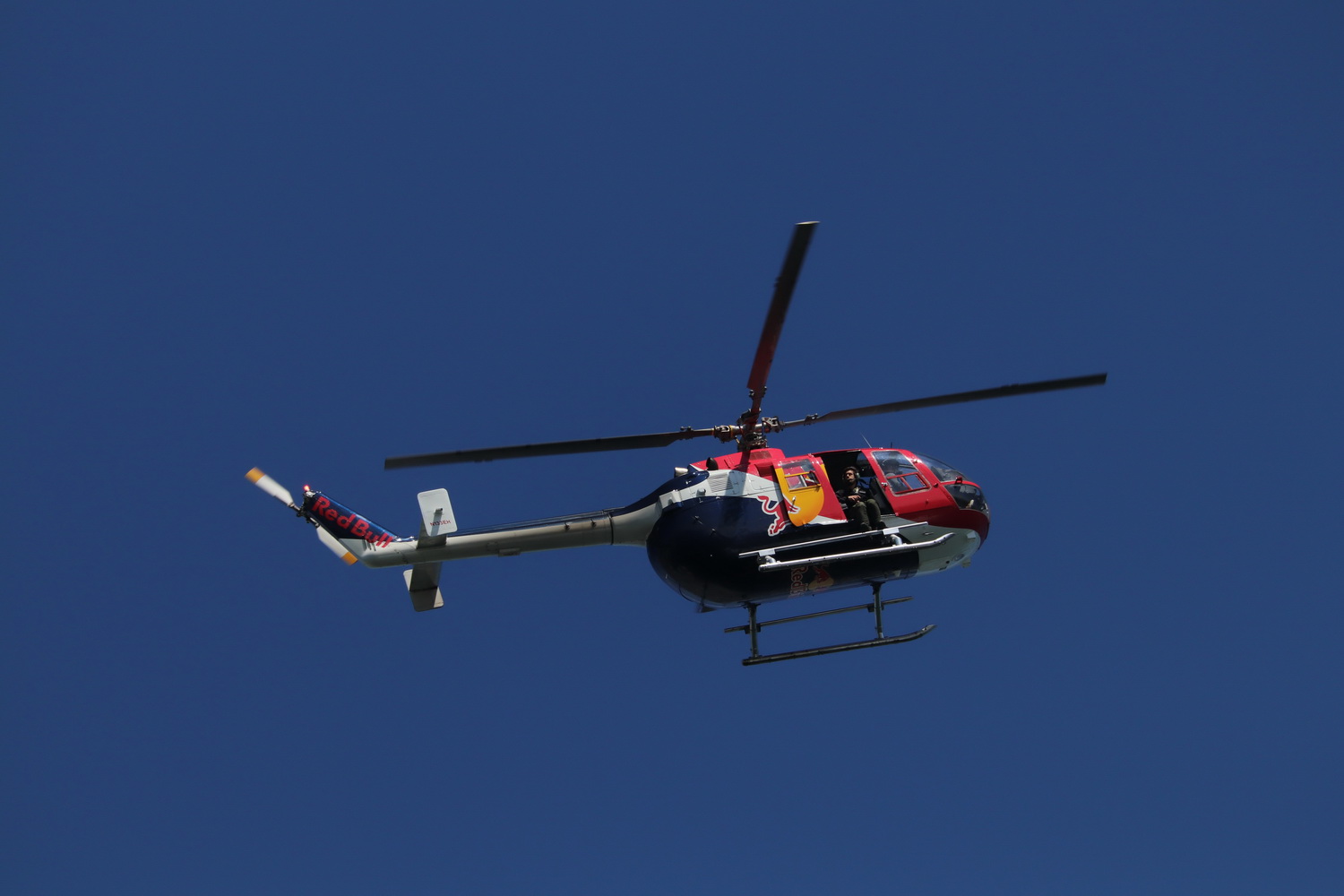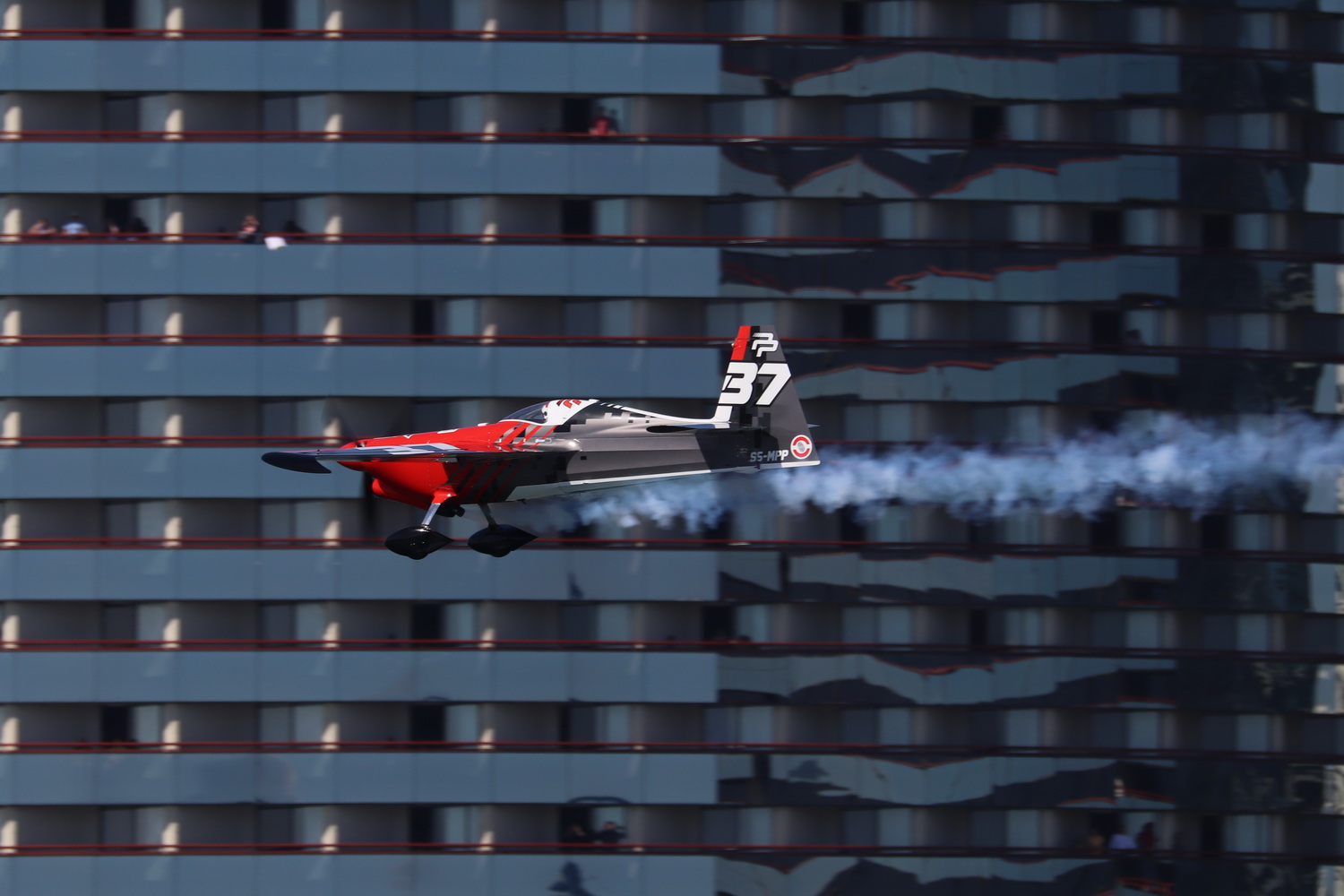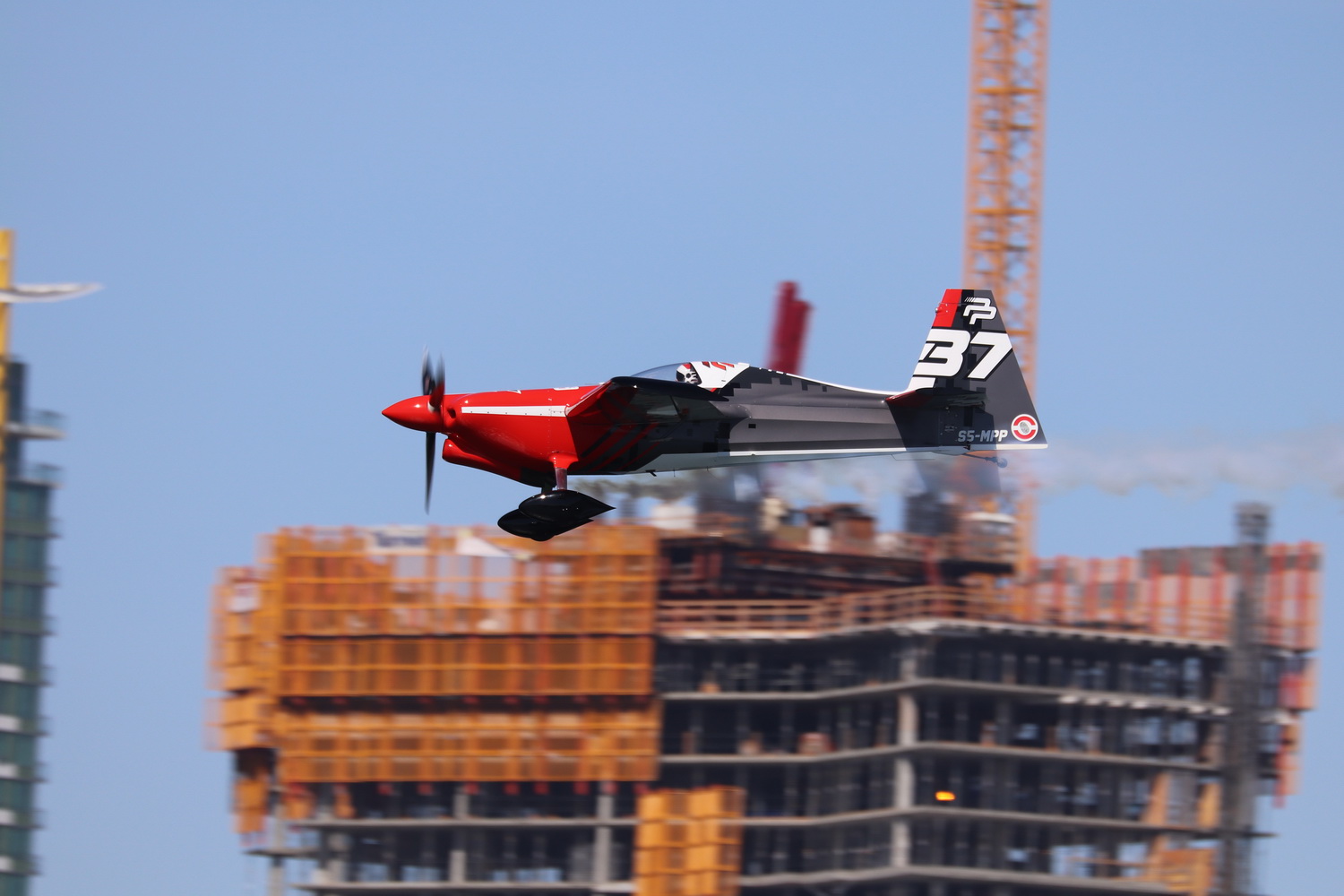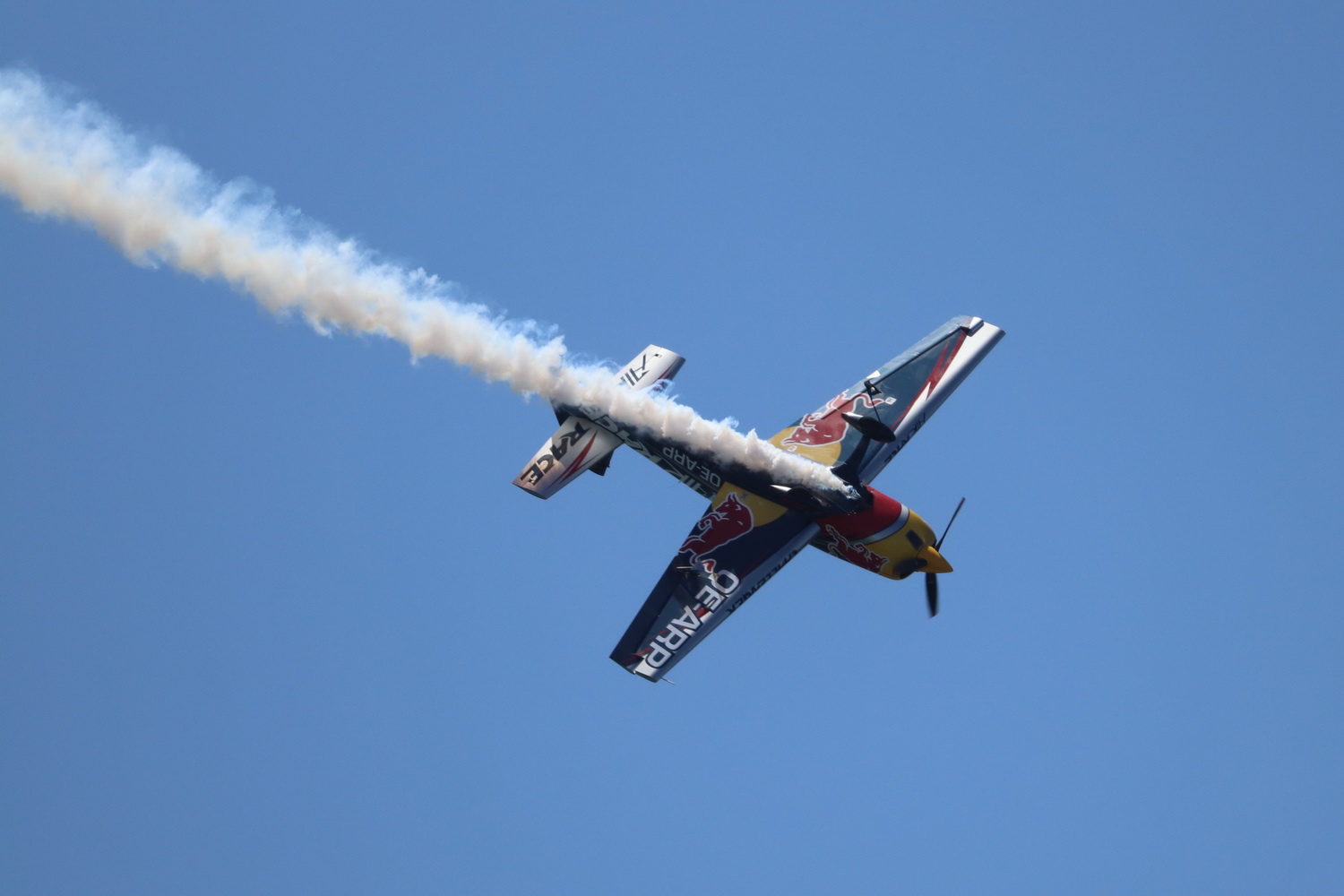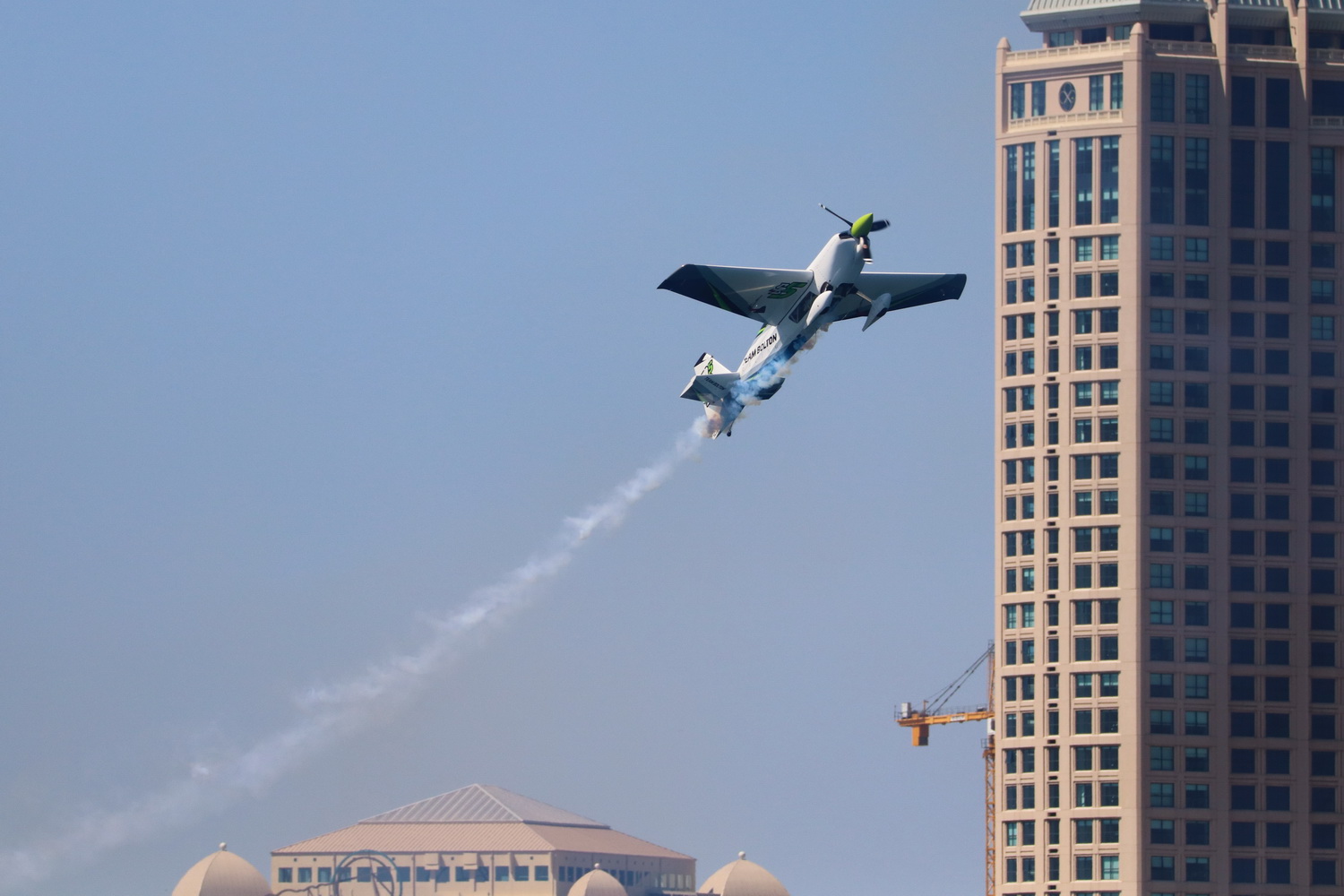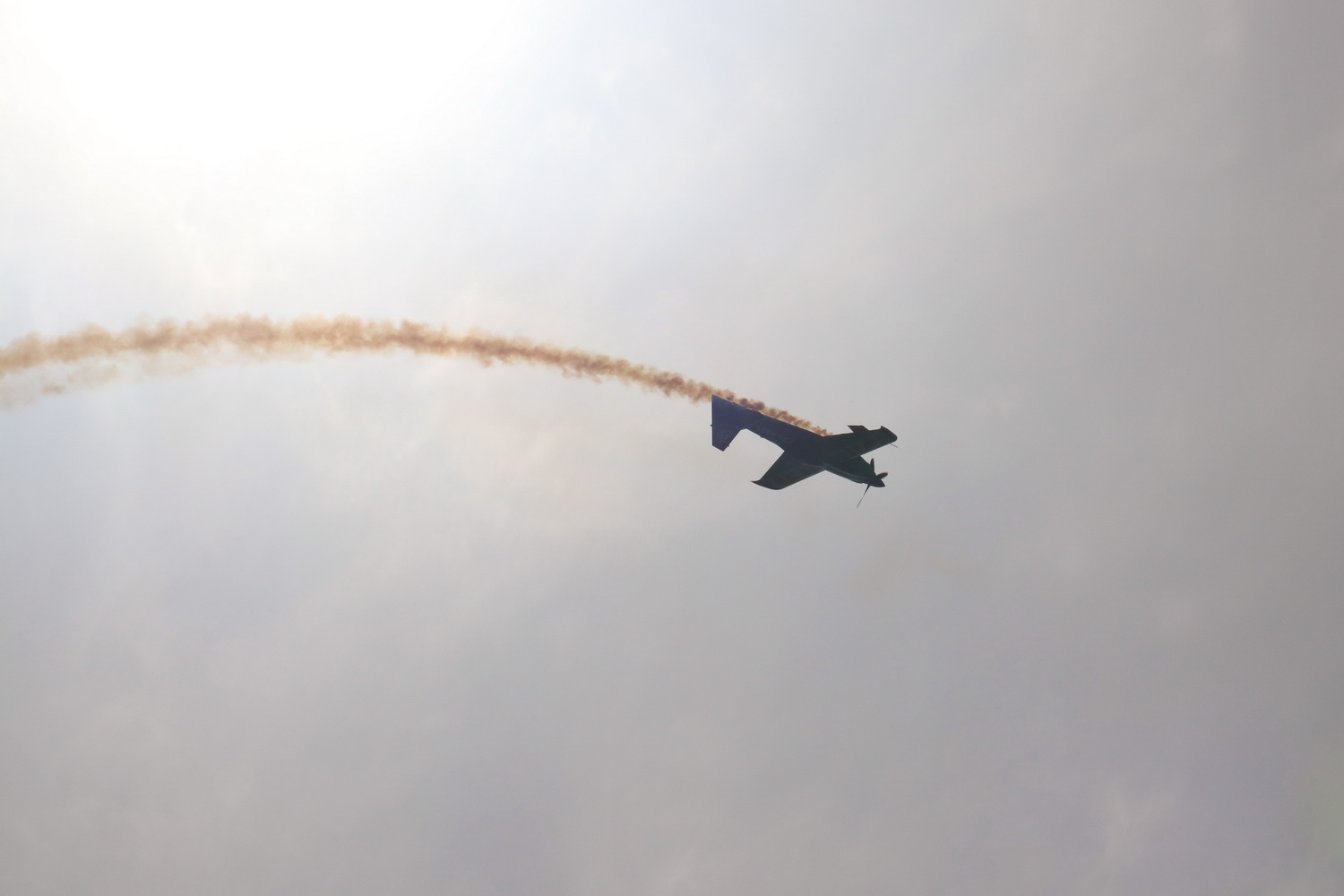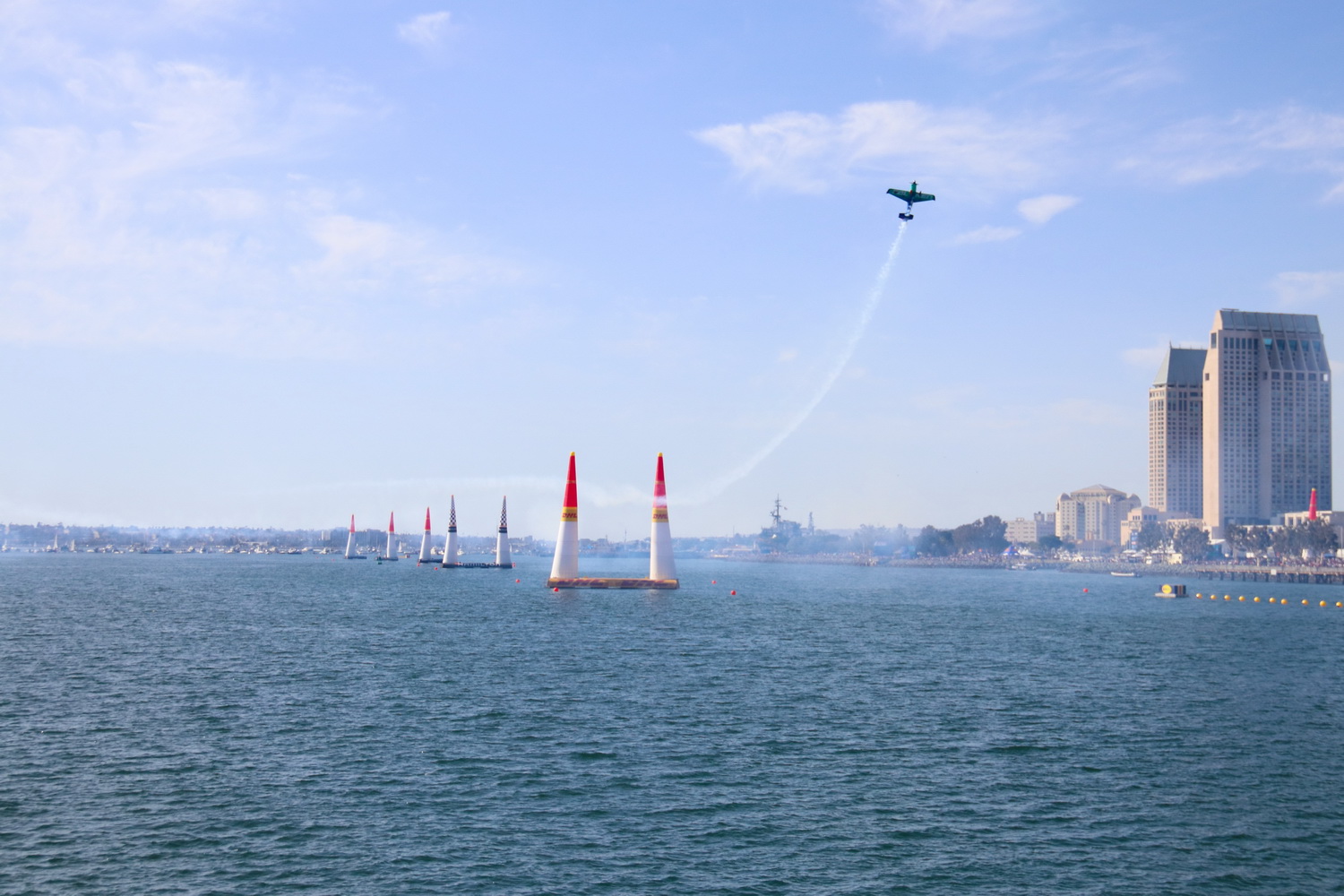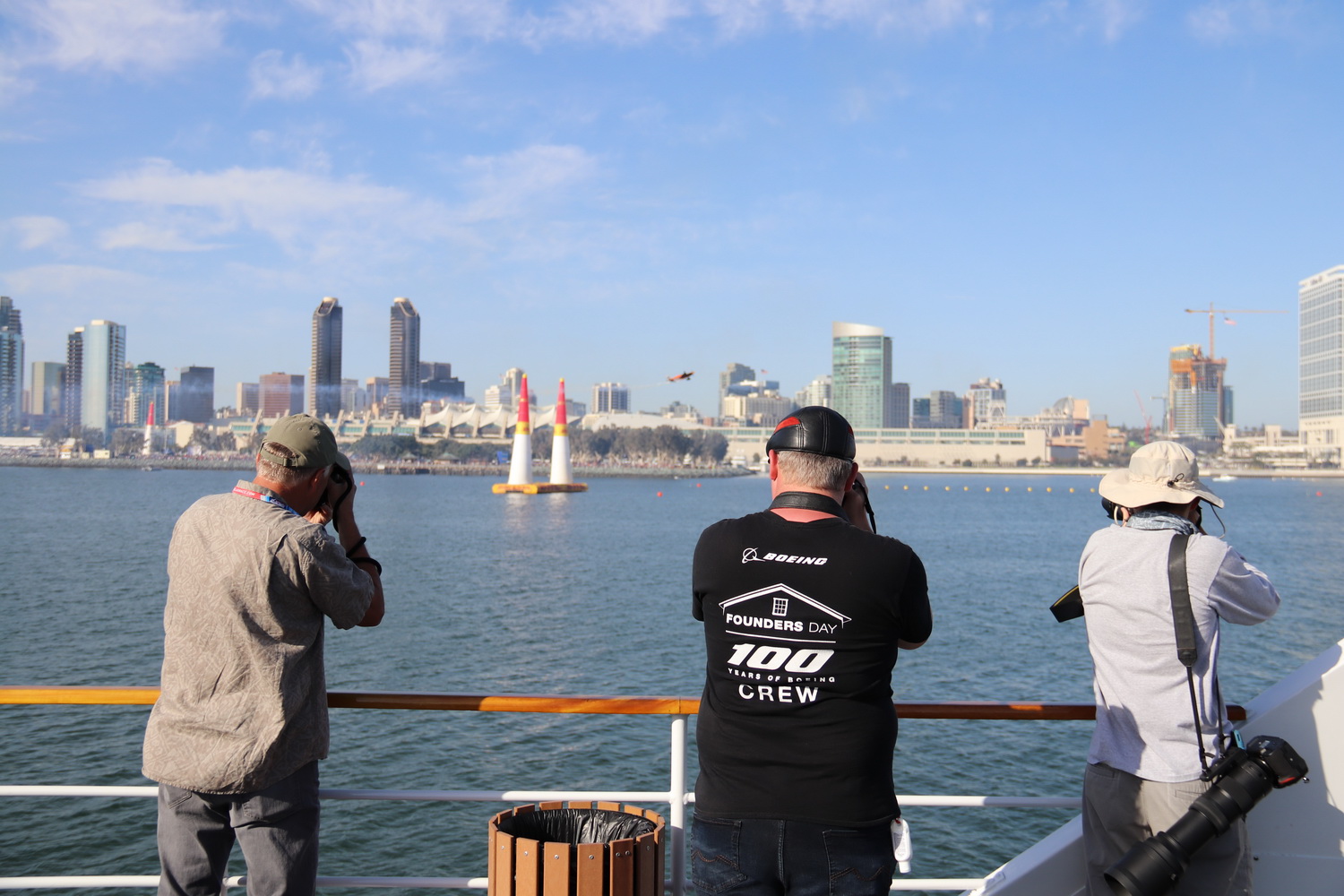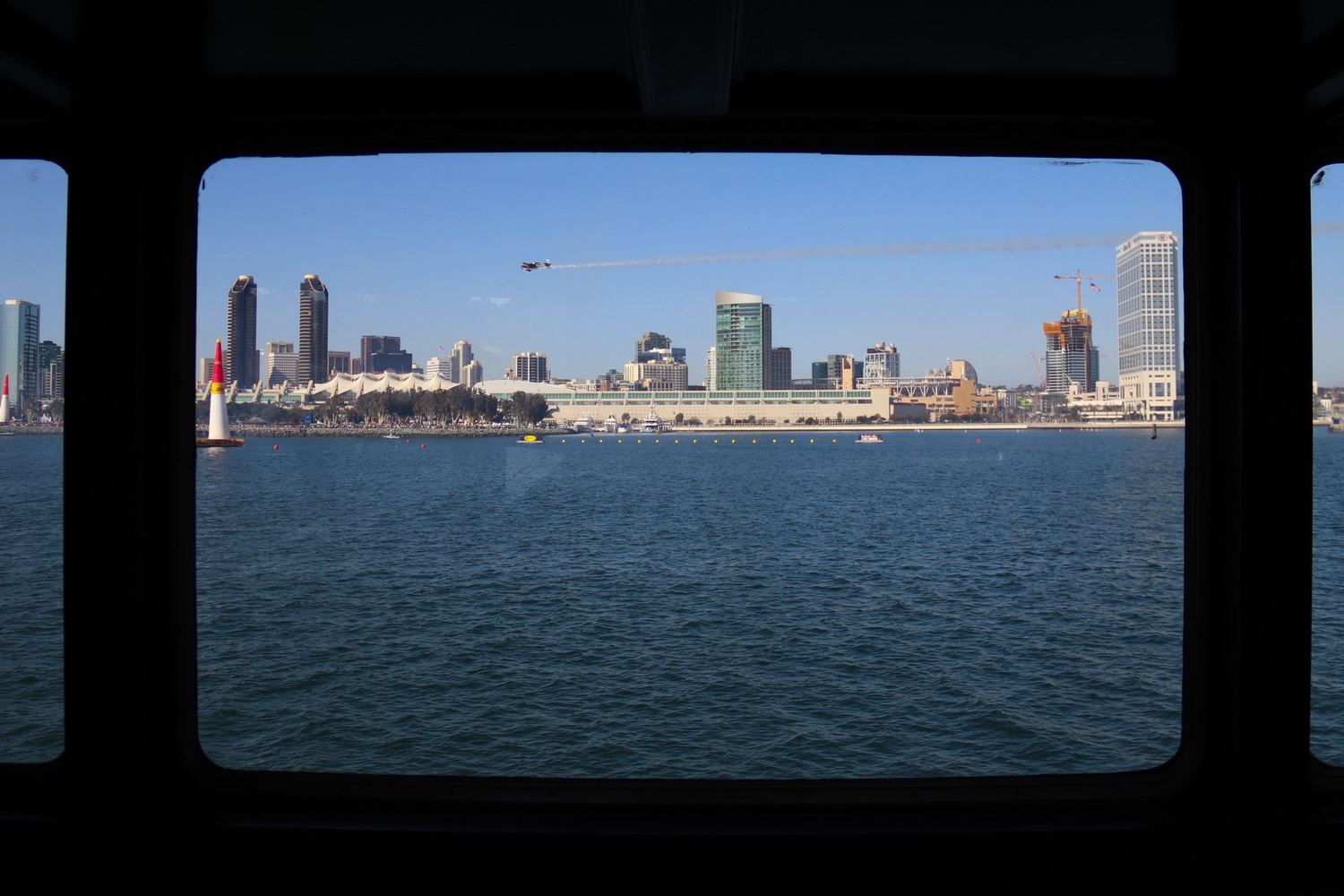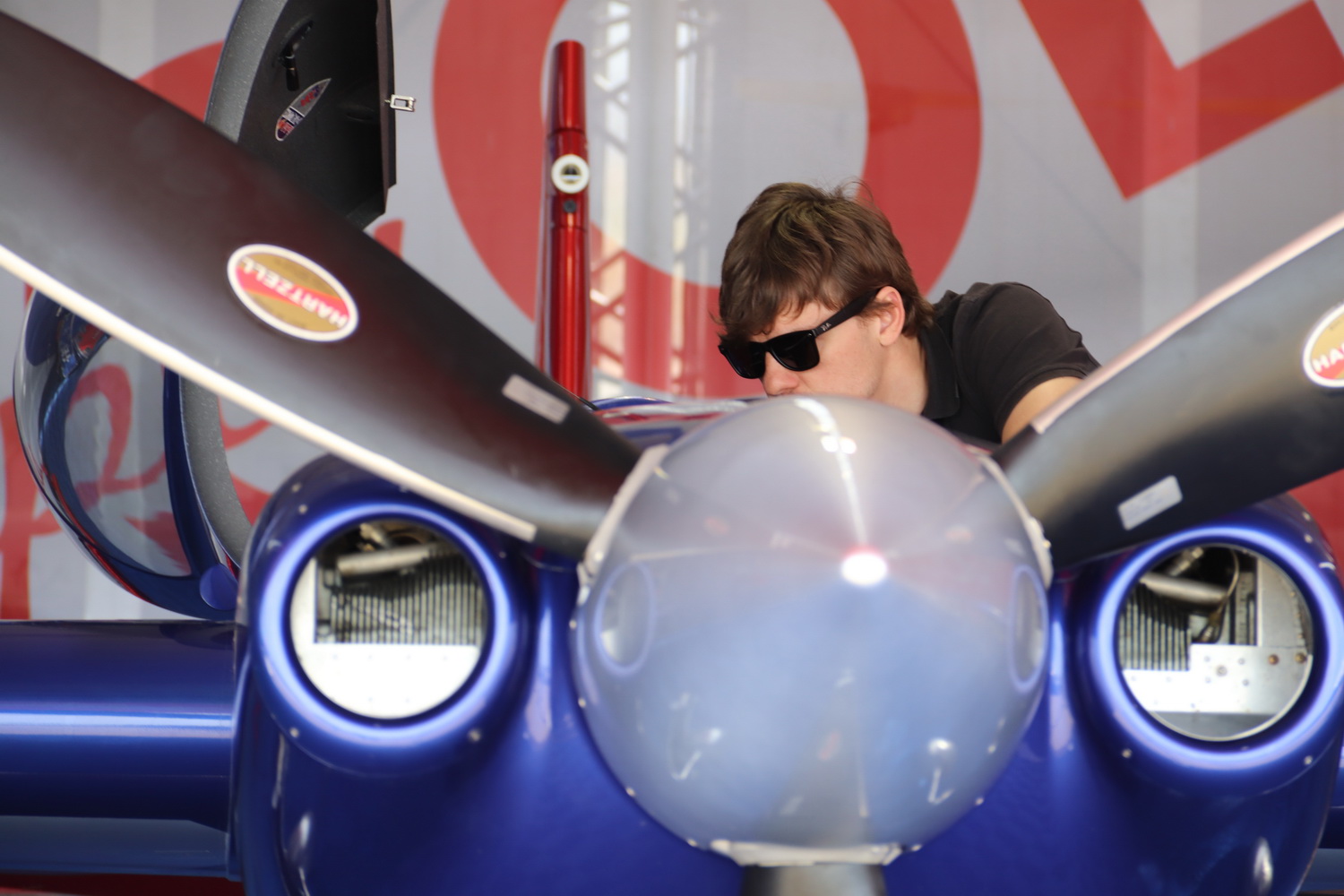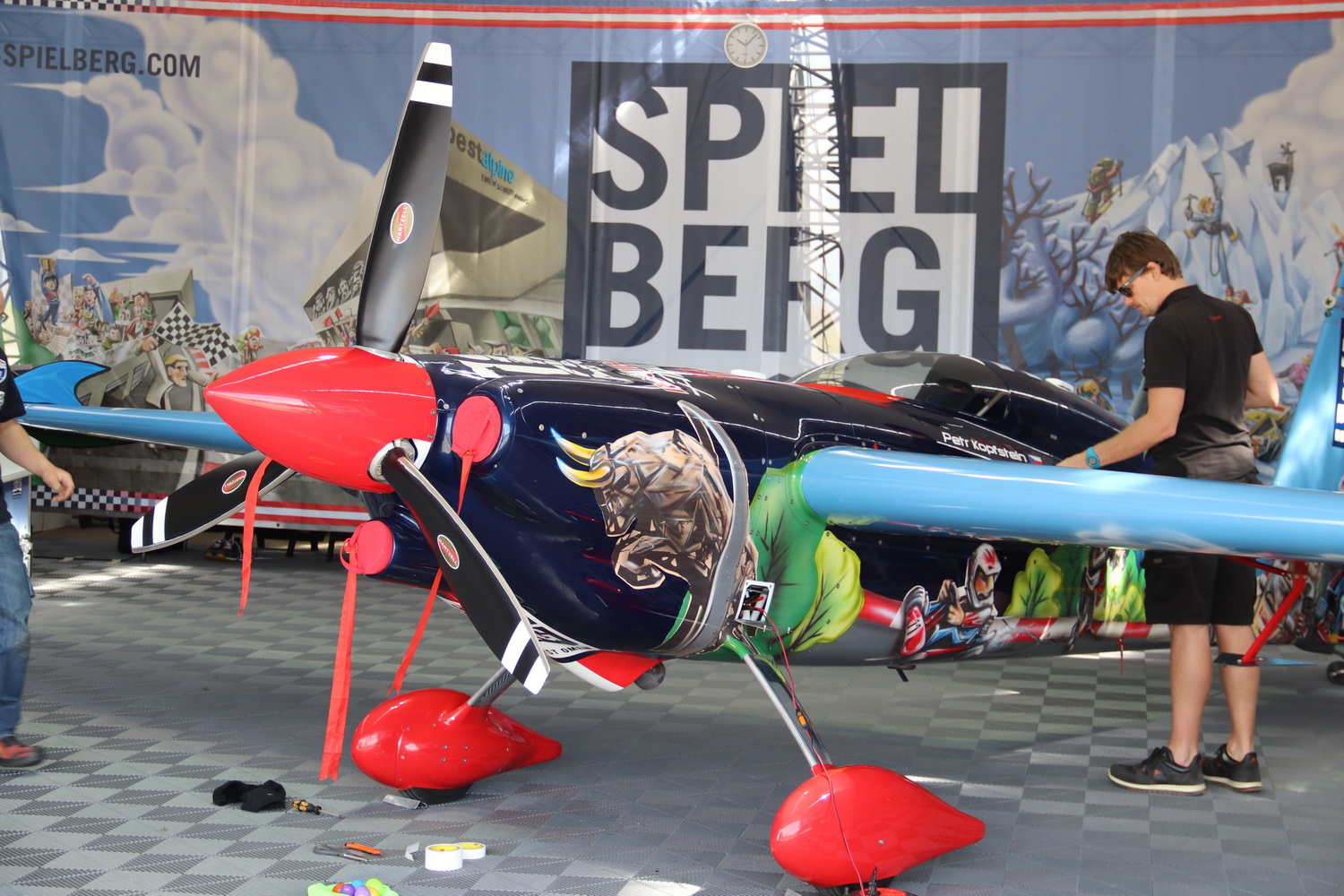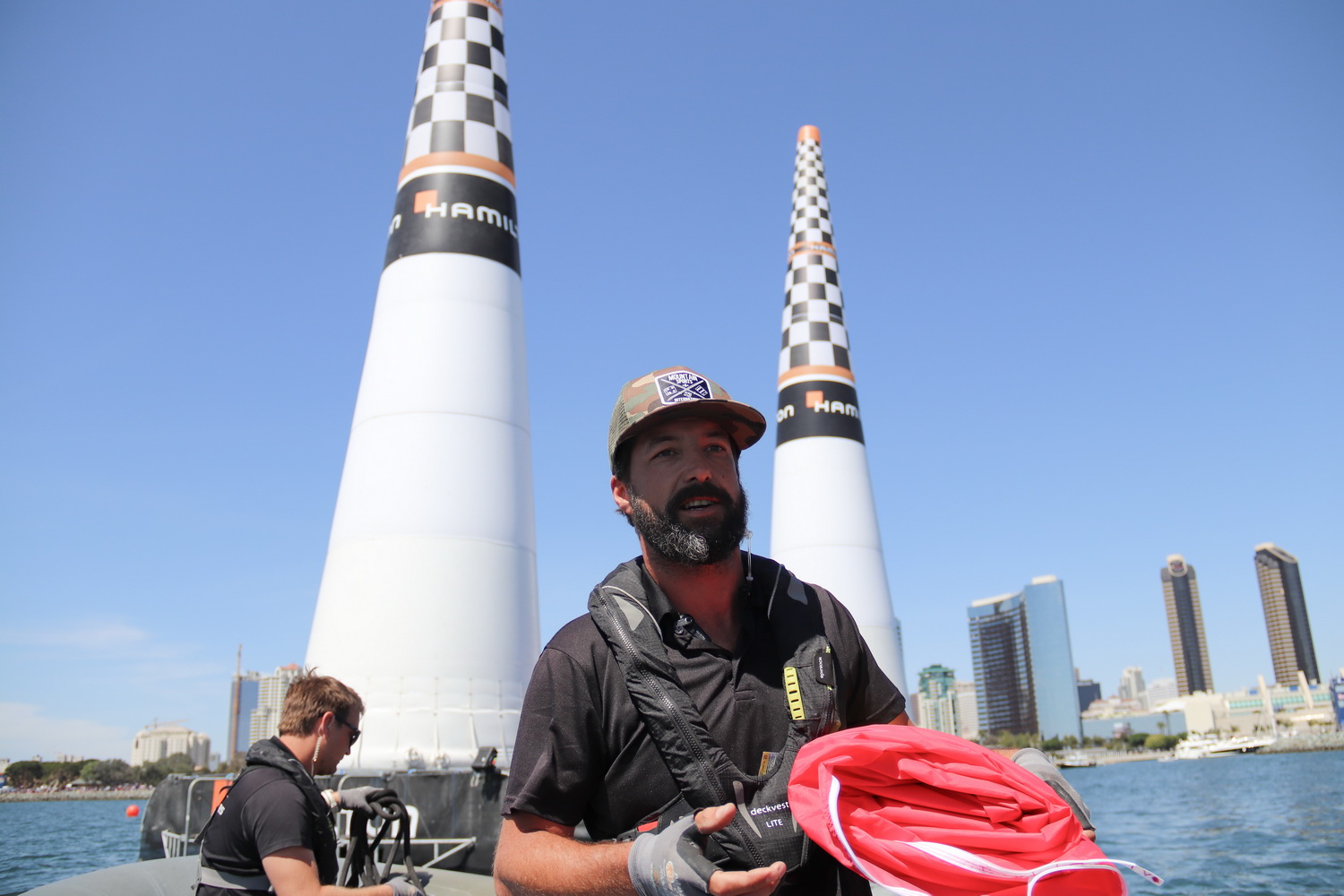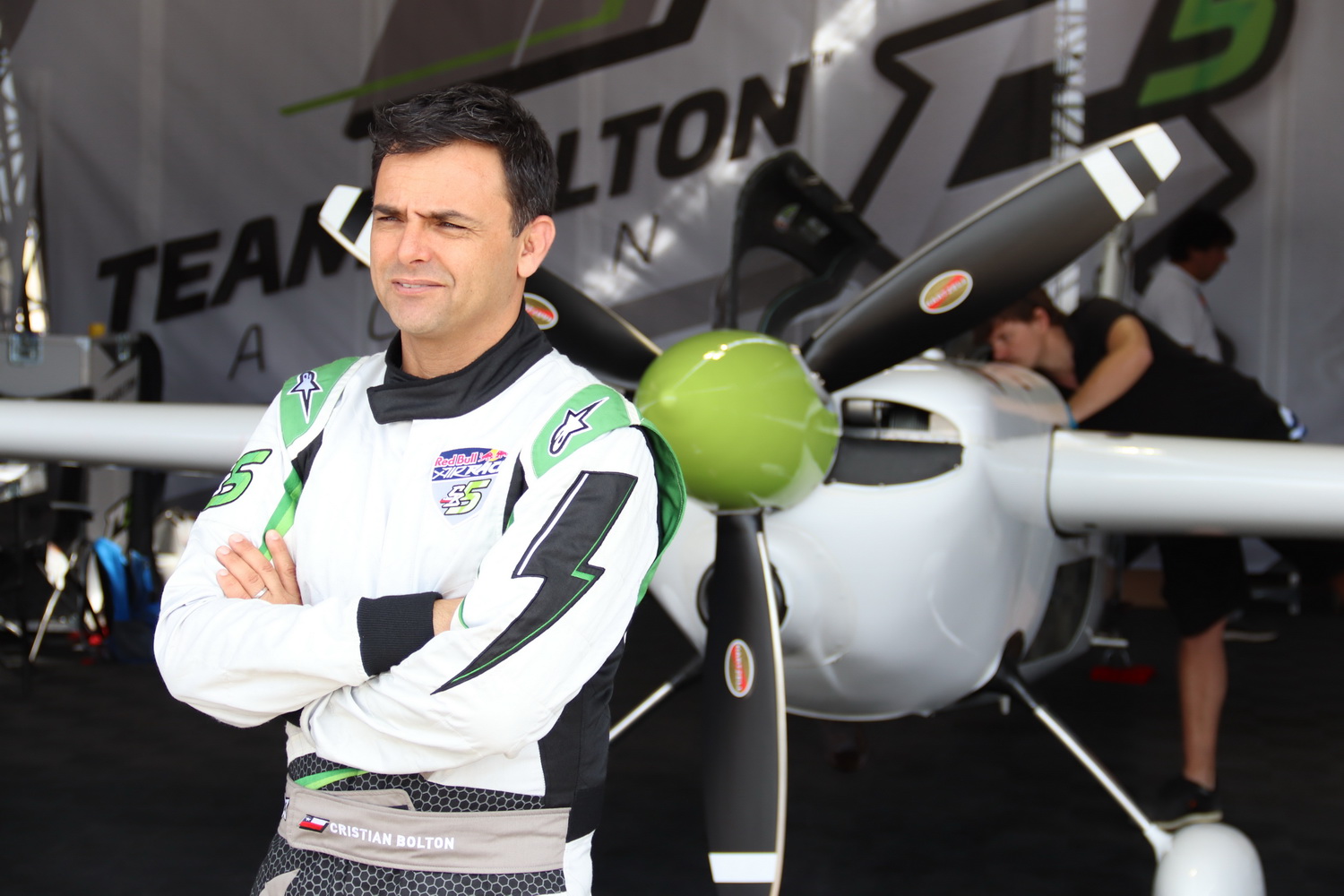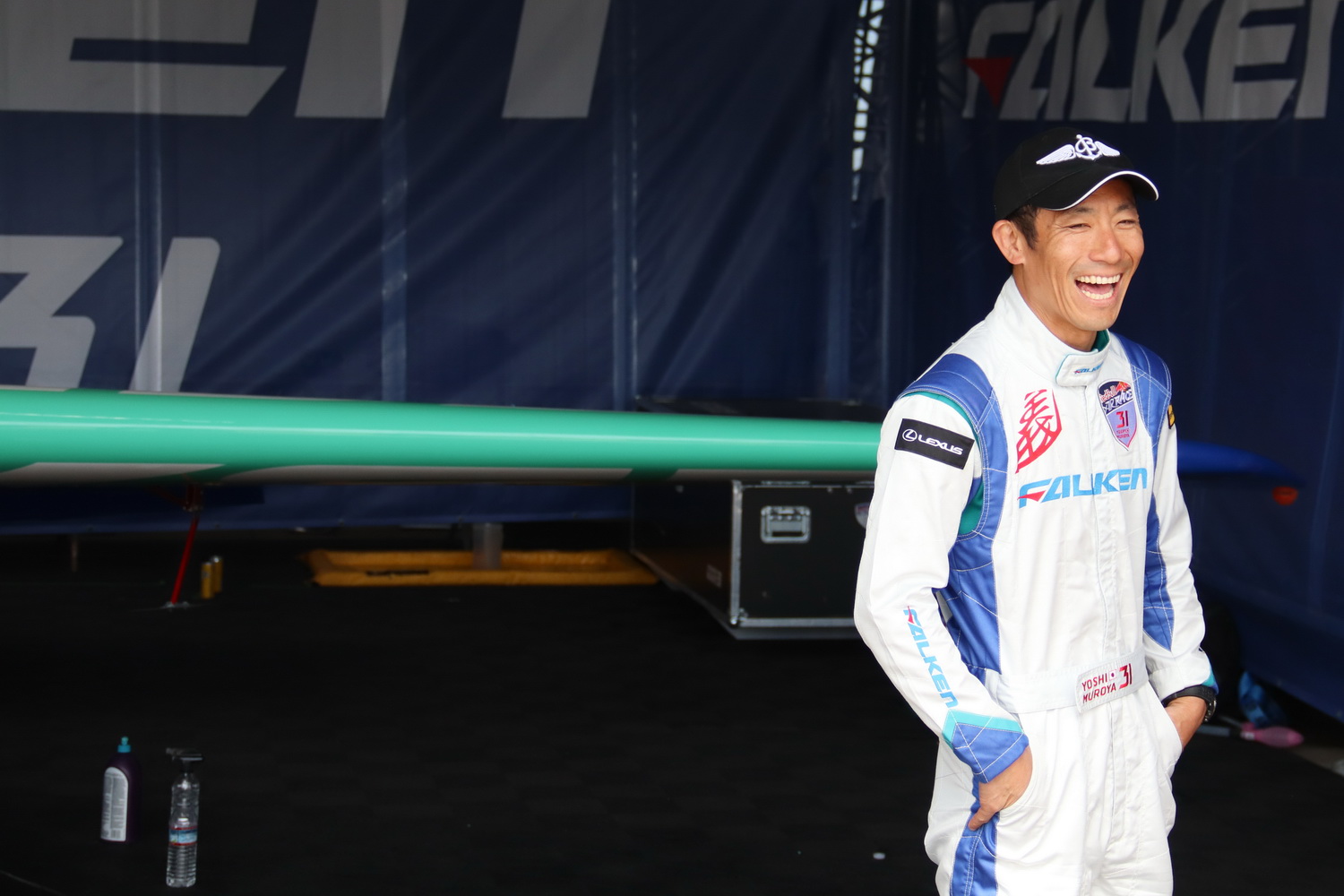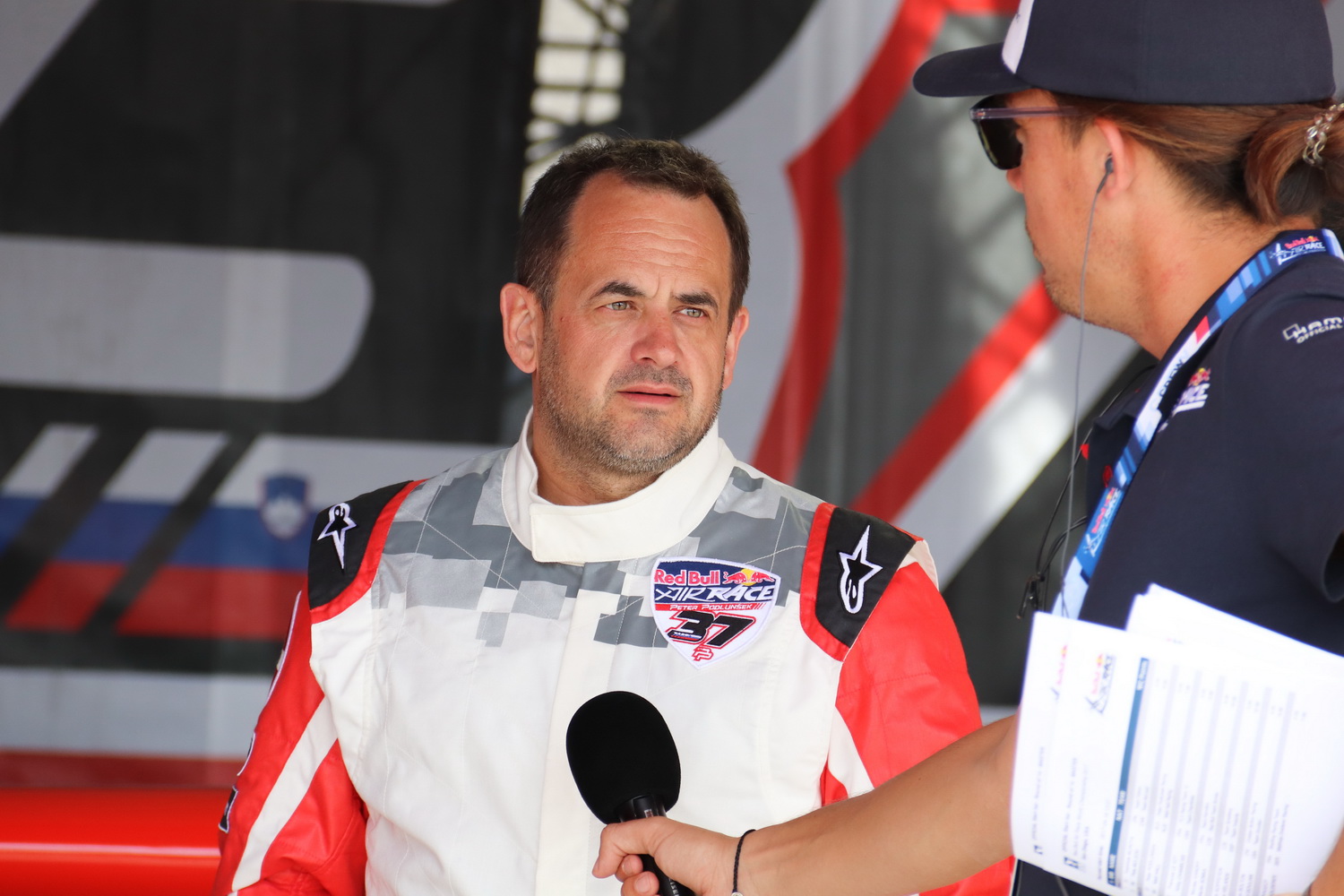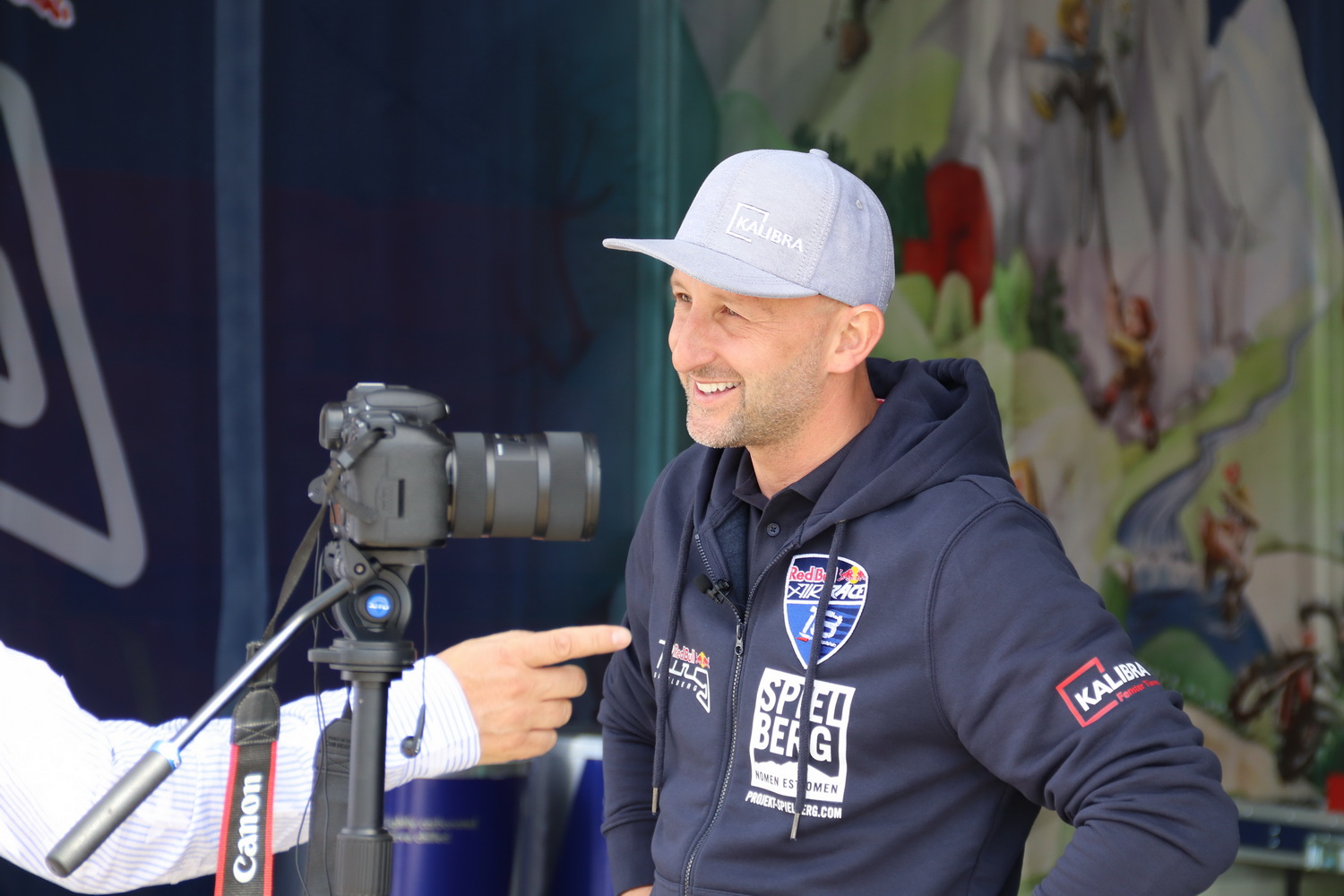- Fast 45-point autofocus system
- Dual Pixel AF works very well for video
- Strong RAW and JPEG image quality
- Great battery life for continuous shooting
- Guided menu will help beginners
- Small viewfinder
- Limited direct-access controls
- No 4K video
It’s rare that an entry-level DSLR can get us excited these days, but we found Canon’s EOS Rebel T7i to be a refreshing exception. The latest in a long line of entry-level DSLRs, the T7i puts up some of the best performance-per-dollar numbers of any DSLR, and has enough bells and whistles to make even some enthusiast photographers happy. After putting it through a serious test that should have pushed well beyond its capabilities, we had to do a double take to make sure that this was, indeed, a Rebel – because it feels an awful lot like an 80D in disguise.
That’s not by accident. The T7i inherits much of its DNA from Canon’s admired APS-C champion. That includes a 45-point all-cross-type autofocus system, 24-megapixel sensor, and Dual Pixel AF for fast and accurate focusing in live-view and video modes. Continuous shooting speed falls to six frames per second from the 80D’s seven, and the fastest shutter speed is 1/4,000 of a second compared to 1/8,000, but those numbers are not half bad for a low-end DSLR. Somewhat surprisingly, the T7i actually gets the newer Digic 7 image processor, giving it an expanded ISO range of 100-51,200 – one stop higher than the 80D.
Built for beginners
Unique to the T7i is a new “guided” menu system, which more-or-less walks new users through the functions of the camera as they’re selected. It explains the core role of each top-level menu before you dive into it, and organizes those menus into large icons that make easy tap targets for the touchscreen interface. It also does a good job of visualizing things like the effects of different shutter speeds and apertures in a way that users without any photographic training should be able to understand. More experienced users can revert back to the tried-and-true Canon menu, if preferred.
- 1. Rebel T7i
On the physical side, the T7i remains every bit a Rebel, which may be the one thing holding it back from appealing more to enthusiast shooters. It makes due with a single command dial and foregoes the top information display. (Fortunately, users who want these niceties can opt for the slightly upmarket 77D if they’d rather not shell out the cash for the 80D.) The viewfinder is also woefully small, with just 0.82x magnification and 95-percent coverage compared to the 80D’s at 0.95x magnification and 100-percent coverage. For anyone familiar with higher-end cameras, the T7i does come across as feeling a bit cheap; but that feeling all but vanishes when you look at the pictures it takes.
Performance for pros
The bulk of our test was conducted in San Diego, California, where we tasked the T7i with capturing what is perhaps the most challenging motorsport ever devised by humans: the Red Bull Air Race. Stunt planes weighing just 1,500 pounds scream between inflatable pylons at 230 miles per hour, just 80 feet off the ground (or, in this case, water). Pilots pull up to 12G – that’s twelve times the force of gravity – in order to maneuver their planes as quickly as possible through the tightly twisting course. Loaded down with the Canon 18-135mm f/3.5-5.6 and Sigma 150-600mm f/5-6.3 Sport lenses, we felt like we were pulling a couple G of our own.
The T7i far exceeded our expectations.
We went into this test with some trepidation: Can a Rebel really handle this? In fairness, the T7i is not designed to be used in such high-speed scenarios. It is not a sports camera like the 7D Mark II or 1D X Mark II. If action photography is your thing, we’re not going to recommend the T7i be your first choice — yet it far exceeded our expectations.
We shot almost exclusively in shutter priority (time value, or Tv, in Canon parlance) where the T7i’s single command dial was a non-issue. The small viewfinder posed a difficulty, but not one that we couldn’t overcome. What made the camera so effective for this type of photography was the new autofocus system. It has over twice as many points as the T6i, and that extra density is perfect for zone autofocus. In this mode, a group of nine points is active, which can be positioned on the left, center, or right side of the viewfinder. There’s a one-point-tall margin for shifting the group up or down slightly, but we found the three vertically centered positions to worked perfectly for shooting the air race.
Compared to single point AF, zone AF was more efficient, as keeping a single point over a small plane flying at 230 mph is not easy. Even keeping a 3 x 3 grid of points on target proved challenging, but after some practice we were able to pan accurately enough to keep the plane within the active zone. Most impressively, no matter which direction the plane flew — even when coming straight toward us — the AF system kept up. We achieved long bursts at six frames per second where every photo was in focus. It wasn’t always a 100-percent success rate, but it was much higher than we expected going into the test — even when using an older 18-135mm non-step-motor (STM) lens.
In a bit of a head-scratcher, battery life also really impressed us. We shot nearly 2,000 images without seeing the indicator drop at all. We decided to recharge the battery at this point, anyway, but we were already well beyond the CIPA standardized rating of just 600 exposures per charge. Generally speaking, shooting photos in rapid succession, as we were doing, will result in better battery life than taking a photo here and there with a lot of image playback time in between; but 2,000 shots was definitely more than we expected.
Image quality itself is also very good. At the air race, we only shot in JPEG as we didn’t want to bother with changing memory cards or risk running out of hard drive space while shooting thousands of photos on the road. Fortunately, out-of-camera JPEGs were nearly perfect, although there was some softening due to noise reduction at higher ISOs. Most people in the Rebel camp are likely going to stick with JPEGs, and they should be just fine in doing so. Users who want to squeeze out the most detail and dynamic range have the option of switching to RAW, of course, and here the T7i produces rich files that should satisfy discerning pixel-peepers.
Sure, there were things about the T7i that left us wanting. Having a faster burst rate would have been nice, but we came away with over 3,000 photos as it was, with plenty of keepers. We could have also used a 1/8,000-second shutter speed at times, but we tested a variety of speeds as slow as 1/500 of a second with good results, so it’s not as if the camera is really limiting the user’s creative potential. Then there’s the matter of the viewfinder and, yes, we definitely would have preferred a larger one, but this is still just a Rebel, after all. The only thing that really would have improved the quality of our images would have been putting the camera on a tripod, or simply handing it over to Joerg Mitter.
Dual Pixel for directors of photography
We were similarly impressed with the T7i’s video mode, thanks to Dual Pixel autofocus (DPAF). As the T7i is geared for beginners and first-time DSLR buyers, it may be worth a quick explanation of how autofocus works on these cameras and why DPAF is so important. When using an optical viewfinder, focus is achieved on a dedicated focusing sensor (in this case, one with 45 points), which uses an efficient type of autofocus known as phase detection. When a DSLR’s mirror is locked up to expose the imaging sensor — as is required for video mode — that dedicated AF sensor gets blocked, and the camera now must focus directly on the imaging sensor. Not too long ago, that meant resorting to a slower form of autofocus, called contrast detection. However, with DPAF, the T7i can perform phase detection right on the imaging sensor itself.
If the T7i can handle air racing, it can definitely handle your kid’s soccer game.
Phase detection isn’t inherently more accurate, but it is much faster, especially for shooting moving subjects. This is why it makes such a dramatic difference for video, and in high-speed action like air racing, lesser cameras might not be up to the task at all. DPAF works so well that, in practice, it makes a worthy tradeoff for 4K resolution, which the T7i lacks. Shooting out-of-focus
As for video quality, it isn’t bad, but nor is it the best we’ve seen. This won’t be the camera of choice for indie filmmakers or professional users, but it definitely has home movies, vlogs, and low-budget documentaries covered. There is a mic input, which is a nice plus. We recommend investing in an STM lens (available in either kit option) for the best results, as the silent AF motors will keep unwanted noise to a minimum.
Warranty information
Canon offers a one-year limited warranty on the Rebel T7i.
Our Take
If the T7i can handle air racing, it can definitely handle your kid’s soccer game – and the latter is where it was really meant to shine. The Rebel series has always been about documenting family memories while helping budding photographers grow their hobby into a passion. This is one of the best budget DSLRs currently available, and we really enjoyed our time with it.
That said, the DSLR, as a category, does feel a bit like a dinosaur in this day and age, especially at the consumer end of the market. Smaller mirrorless cameras offer similar performance in a friendlier form factor, although the ergonomics and long battery life of a DSLR can definitely be plusses for some users. Many photographers will also likely argue that even a small optical viewfinder is superior to an electronic one, although we beg to differ here. Canon, however, has an advantage in its arsenal of lenses, and that Dual Pixel AF technology is sublime.
We appreciate that Canon put such a strong effort into an entry-level model, and the T7i feels like the most complete and refined Rebel to date. But the market for such a camera is shrinking, and we could easily see would-be Rebel buyers picking up a mirrorless camera instead.
Is there a better alternative?
Among entry-level DSLRs, not really. However, if you look into the mirrorless world, there are many options. Even Canon’s own EOS M6 presents an interesting choice. Announced alongside the T7i, it’s built around the same sensor, is much more compact, has significantly more direct-access control, and only costs $30 more for the body only. It even boasts a faster continuous shooting speed, although we’d stick with the Rebel for action photography thanks to the great battery life and broader lens options.
How long will it last?
This is a well-made machine and perhaps the most significant upgrade to the Rebel line in the better part of the past decade. There’s no reason this camera won’t last for years, but if you’re passionate about photography, you may soon outgrow it.
Should you buy it?
If you’re down with DSLRs and want a capable, easy-to-use, entry-level camera, then the T7i makes a strong case for your money. It has plenty of tech under the hood for both beginners and intermediate users, although we would recommend more experienced photographers – or beginners hoping to quickly move beyond the basics – take a look at something a little more upmarket, like the 77D or even the 80D, which offer more control. Again, we feel most users on the consumer end of the spectrum may be happier with a






